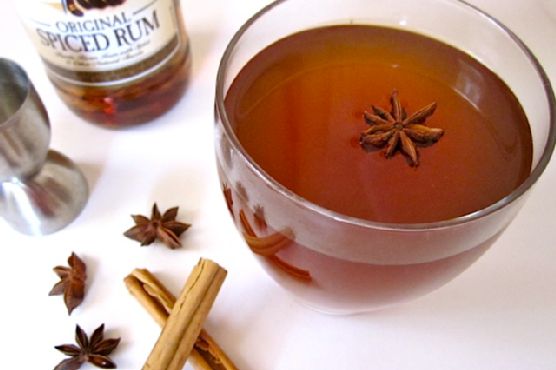Baked Cinnamon Apple Wedges
Servings: 1
Preparation duration: -1 minutes
Cooking duration: -1 minutes
Ingredients:
1 apple
1 tsp maple syrup
1/2 tsp cinnamon
1/4 tsp nutmeg
Equipment:
oven
baking pan
Cooking instruction summary:
Preheat oven to 180 degrees Cut the apple into about 10-12 wedges and mix it with the rest of the ingredients. Place the apple wedges in a small baking dish or on a baking tray aim for a single layer. Bake in the oven for 10 minutes. The apples should be golden brown and cooked all the way through. Serve while warm.
Step by step:
1. Preheat oven to 180 degrees
2. Cut the apple into about 10-12 wedges and mix it with the rest of the ingredients.
3. Place the apple wedges in a small baking dish or on a baking tray aim for a single layer.
4. Bake in the oven for 10 minutes. The apples should be golden brown and cooked all the way through.
5. Serve while warm.
Nutrition Information:
covered percent of daily need















